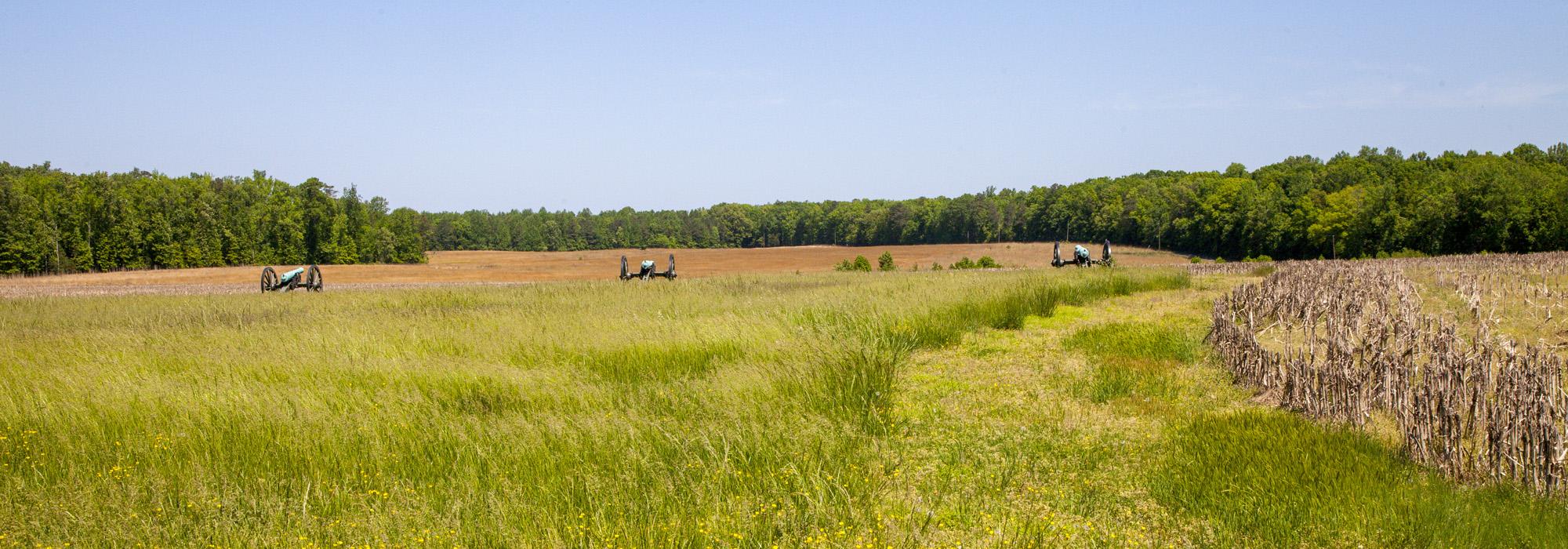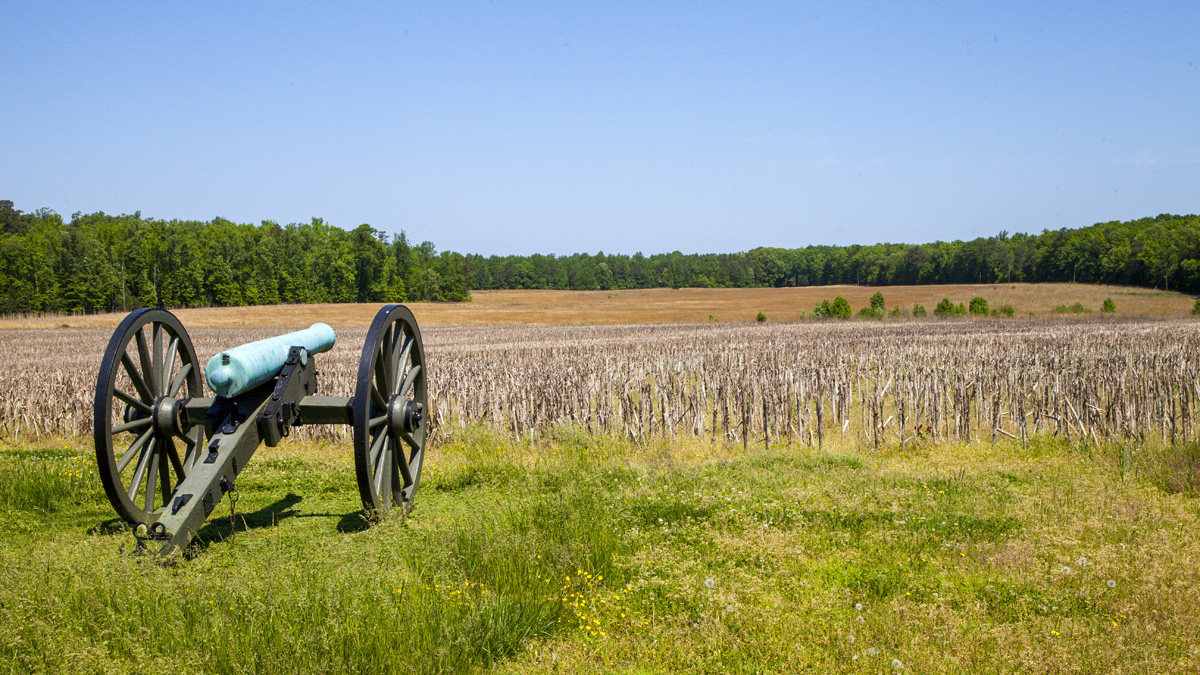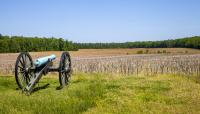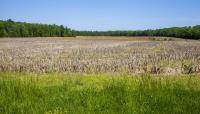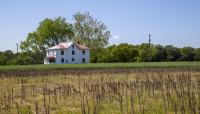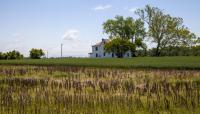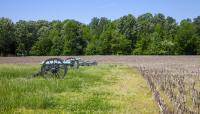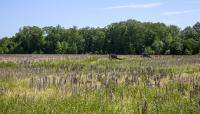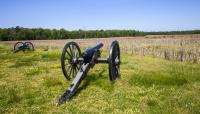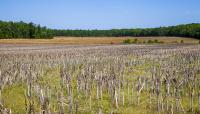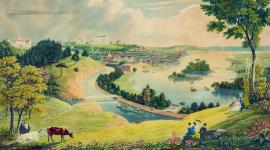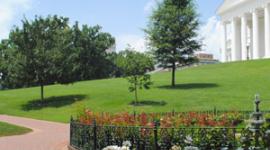Landscape Information
Located about sixteen miles southeast of Richmond and two miles north of the James River, this 873-acre site commemorates the Battle of Malvern Hill, the final conflict of the Seven Days Battles. On July 1, 1862, McClellan’s army paused its retreat from Richmond at the topographically ideal site of Malvern Hill. From the Confederate army’s position, the land rose gently to the crest of the hill, flanked by forests, swales, and creeks to the east and west, forcing their march through a central open field while fully exposed to Union artillery fire. Naval bombardment supported the Union troops from the river. More than 5,000 Confederate and 3,000 Union soldiers were killed or wounded during the battle.
Nearly unaltered since 1862, Malvern Hill is considered among the best preserved Civil War battlefields in Central and Southern Virginia. A dirt-and-grass trail (with accompanying informational signage) traverses the landscape, portions of which are maintained as native grass meadow or leased to local famers to maintain the site’s agrarian character. At the crest of the hill, the site of the former West family home, a landmark along the Union line during the battle, now contains a two-story, white wood-frame house constructed in the early twentieth century. Artillery front the building, positioned where they were located during the battle. Willis Church Road (running on a north-south axis) bisects the Union position, while two brick chimney ruins from the Willis Church Parsonage, bounded by wooden fencing, mark the starting point of the Confederate assault to the north. Malvern Hill was listed in the National Register of Historic Places in 1969 as an addition to the Richmond National Battlefield Park, listed in 1966.



